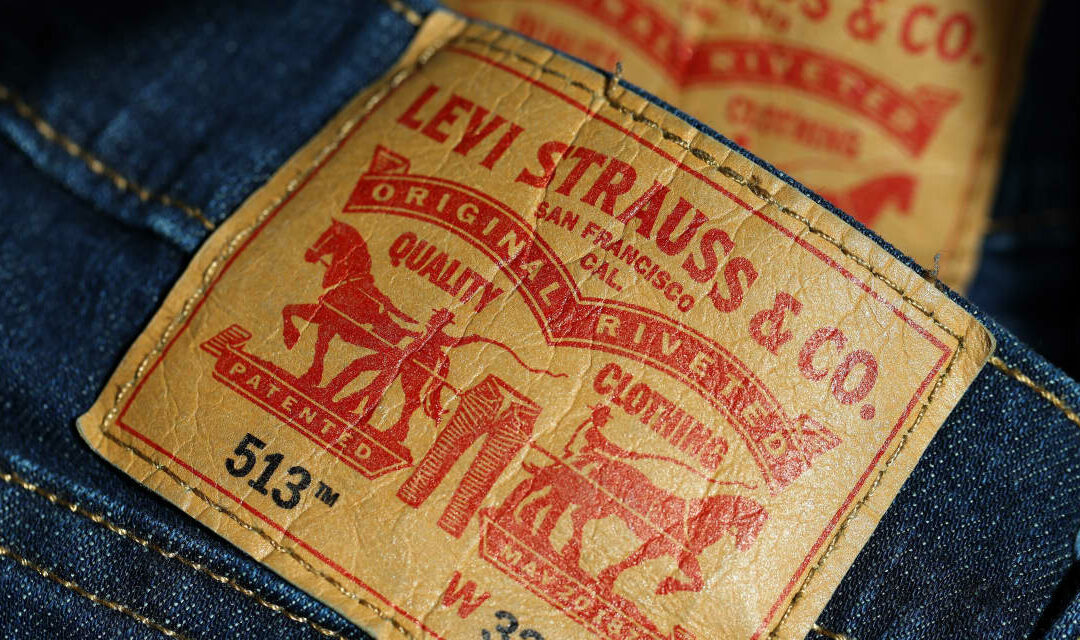With a rough 2023 in the rearview mirror, Levi Strauss & Co. this year is trying to tackle its problems with new pants.
That includes jeans with lighter-weight denim; pants for women that can be worn as high-rise or low-rise; and even non-denim pants that management, during Levi’s
LEVI,
earnings call on Thursday, referred to as a “tech pant” for men with “moisture control and 360 mobility.” The company also plans to expand its offerings of Performance Cool pants intended to keep the wearer cool and dry on hotter days.
But as those products roll out, the retailers that account for most of Levi’s sales are still cautious about packing their shelves with new apparel — even though Levi’s executives pointed to slightly better demand from clothing stores during the fourth quarter and holiday period. And as the denim pioneer cuts costs, brings in new leadership and tries to be a bigger e-commerce player, Wall Street will now be digging around for signs of a payoff.
“Ultimately, the market will be looking for evidence new strategies can drive accelerated growth,” Stifel analyst Jim Duffy said in a research note on Thursday.
“We continue to believe in brand vitality and opportunities for extension. With product reflective of new direction arriving in the marketplace across 2024, the proof will be in consumer response,” he continued.
In an interview with MarketWatch on Friday, Duffy said he was optimistic about Levi’s standing as an established brand and stronger demand for its dresses, skirts and other women’s clothing items. But the more products a company rolls out, he suggested, the more it has to invest to make them work — and the more it needs to manage if sales falter.
“The risk, as I see it, is that more categories means more SKUs and more product that is fashion rather than core basic styles, and more investment and inventory that, if it doesn’t translate to the marketplace, could result in higher markdowns,” he said, referring to the stock-keeping units by which retailers track inventory.
Levi’s on Thursday said it would lay off between 10% and 15% of its global corporate staff in the first half of this year, a move intended to save $100 million in costs over that period. The layoffs are part of a two-year plan, called Project FUEL, intended to save money and strengthen the part of Levi’s business that sells directly to consumers via its own e-commerce network and its physical stores, as opposed to third-party retail operations.
The layoff announcement arrived days ahead of Chief Executive Chip Berg’s departure from that role, with Michelle Gass taking over on Jan. 29. As the company tries to be bigger than men’s jeans, Gass, in Levi’s earnings release on Thursday, said she saw an opportunity to grow internationally, make Levi’s own online and bricks-and-mortar sales a greater priority, and turn the brand into a larger “denim apparel lifestyle business.”
Levi’s shares fell after hours Thursday, after the company’s full-year profit forecast came in below expectations. The stock rebounded 1.3% on Friday but is still down 10.3% over the past 12 months.
Still, Levi’s direct-to-consumer sales jumped 11% during the fourth quarter, and accounted for 42% of sales overall. Duffy said that the company has pushed deeper into its direct-sales business because it gives executives greater insight into what consumers want, as well as more control over how it markets and sells its clothing. Cutting out other retailers also widens margins on sales, he noted.
Levi’s operating margins were higher in the fourth quarter. It also declared a dividend of 12 cents per share, payable in cash on Feb. 23.
But sales in Levi’s wholesale segment — the sales it gets from retailers who buy Levi’s product, then sell it to consumers — fell 2%. Better results in the U.S. and Asia were offset by a drop in Europe, the company said.
Retailers have spent the past two years trying to clear unwanted clothes from their stockrooms, and cutting prices in the process, after spiking inflation restricted many shoppers’ appetites to basics.
As Gass prepares to take the reins, she sought to put a positive spin on retail-chain sentiment. “So net-net, overall, as a company, we’re exiting the year on a strong note,” Gass said on the earnings call. “And U.S. wholesale, we’re encouraged. But as it relates to that channel, we’re not declaring victory yet. There’s been a lot of volatility this past year, some in our control, some outside. And so we are taking a cautious approach as we look forward.”









